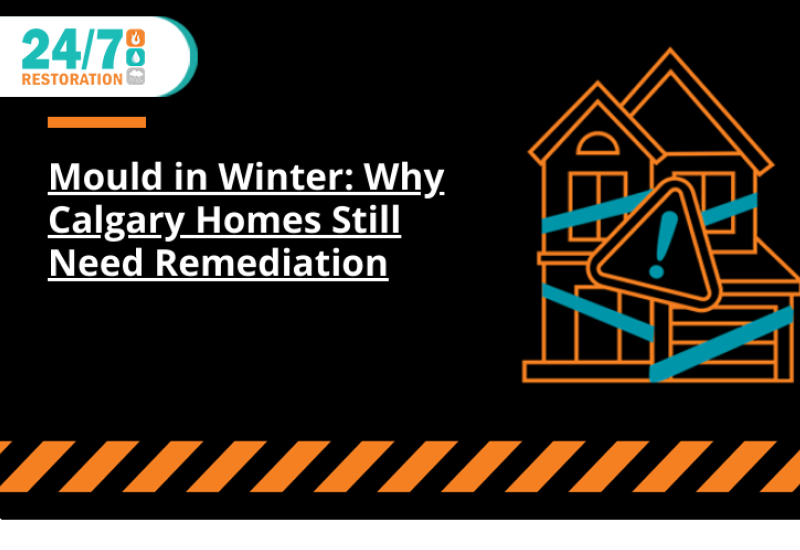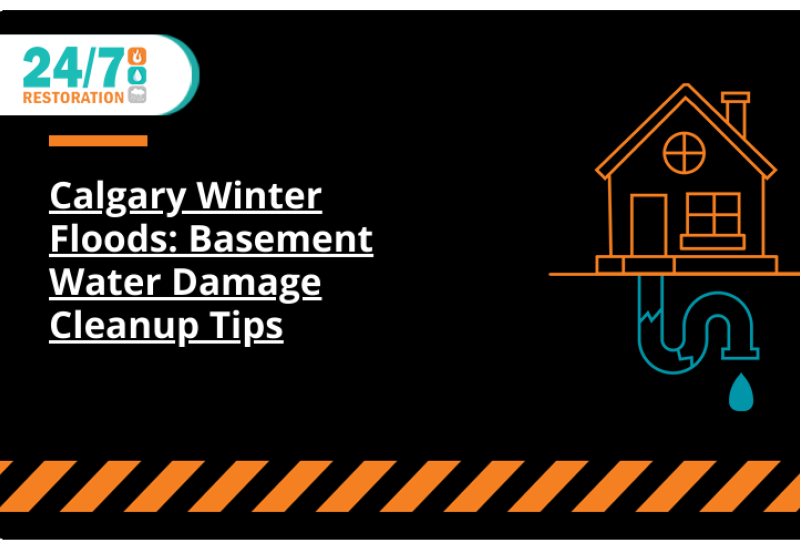Lead can be a very strong poison and unfortunately, it is fairly easy to come in contact with. When a person breathes in lead dust or swallows something with lead in it, the poison can stay inside the body and cause quite serious health problems.
Lead can be found in many different places. It used to be very common in house paint and gasoline, although these products are no longer made with lead in them. Today the poisonous material can still be found in the following objects and materials:
- Furniture and toys that were painted before 1976
- House or building paint before 1978
- Pewter plates and dinnerware
- Faucets, plumbing and pipes
- Painted decorations and toys that were manufactured outside of Canada or the U.S.
- Storage batteries
- Children’s paint sets and art supplies
Children can be especially at risk for lead poisoning because of their tendency to put objects in their mouth, or eat food with their fingers and put their fingers in their mouths after touching a lead object. It is more dangerous to children than it is to adults because it can affect their brains and developing nerves. Symptoms of lead poisoning include headaches, constipation, aggressive behavior, abdominal pain and cramping and reduced sensations. Here are a few ways you can reduce the risk of exposure to lead:
- Have your family wash their hands before eating
- Avoid canned goods from foreign countries that may not have legislation banning lead soldered cans
- Throw out old painted toys if you are unsure of the paint's contents
- Keep your home as dust-free as possible
- Let tap water run for one minute before cooking with it or drinking it.
If you would like more information about lead abatement or the risk of lead contamination, give us a call at 24/7 Restoration.



